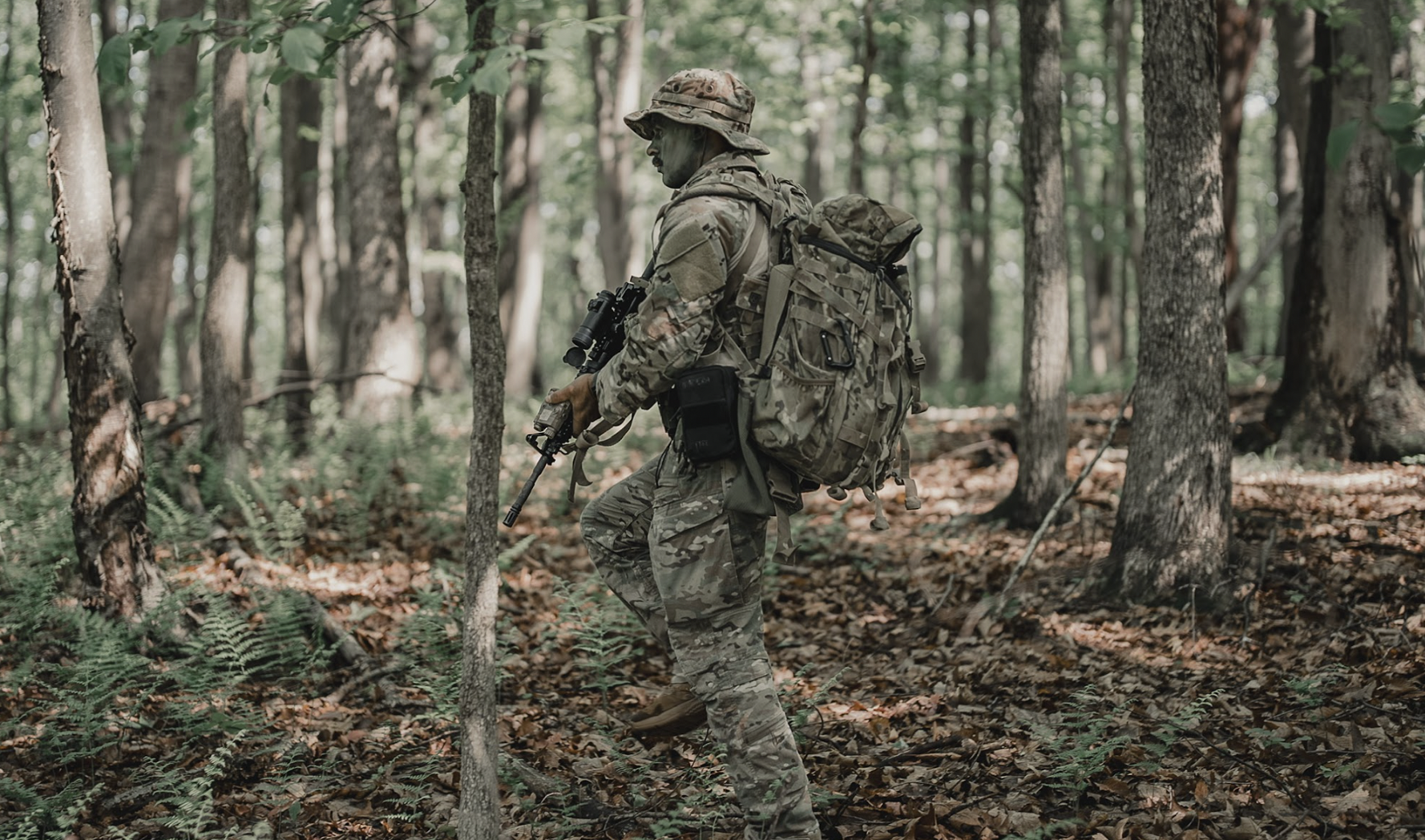How to THRIVE in Unpredictable Environments

By James Leath - O2X On-Site Specialist
“Chaos isn’t going away—thriving means learning to rise in the middle of the storm, not waiting for it to pass.”
Unpredictability is part of the job.
A firefighter stepping into a burning building. A police officer responding to a chaotic call. A public works crew is fixing a water main break in the middle of a storm. Even in City Hall, a system crash or heated meeting can flip a day upside down.
The unknown isn't the exception; it is the norm. Most people focus on just surviving those moments. But if you're in tactical work or public service, you need more than survival–you need to thrive.
Why the Unknown Feels So Draining
When a brain doesn’t know what’s next, it flips to fight or flight. Most people are familiar with these two responses to an emotionally charged situation, but other responses are often not discussed. When I work with police officers and firefighters in West Palm Beach, I remind them that, under stress, the nervous system can do more than just take flight or stand up and fight.
There’s freeze, where you lock up like a deer in the headlights. There’s fawn, where you appease or people-please to reduce the threat. And there’s fold (or flop), where the body shuts down completely, like pulling the plug to survive—think of a possum playing dead. Knowing these responses helps first responders recognize what’s happening in themselves and their teammates, because survival isn’t one-size-fits-all, and awareness is the first step toward resilience.
The Mindset Shift: From Surviving to Thriving
Thriving isn’t about just hanging on—it’s about using the unknown as a training ground for adaptability and resilience, building the skill like a muscle. Resilience grows every time you find success despite setbacks. I see this most often when I work with the S.W.A.T. team. In training, we inject chaos into drills so that when real life gets unpredictable, they remain calm and don’t panic. Team members communicate, adjust, and continue to move forward. For them, unpredictability isn’t a distraction—it’s the training.
The good news is resilience isn’t a fixed trait; it’s a skill you can build. It grows every time you adapt to a curveball, recalibrate with your team, or hold your composure under pressure. That skill develops through neuroplasticity, the brain’s ability to rewire itself. Each time stress hits, the amygdala rings the alarm, cortisol and adrenaline flood your system, heart rate spikes, and muscles prime for action. But when you recover—through breathwork, reframing, or leaning on support—you’re teaching your prefrontal cortex, the decision-making and impulse-control center, to step in and regulate. Do that often enough, and you strengthen your “calm under pressure” circuit, just as squats build quads. And instead of folding like a possum, you’re rewiring yourself to stay in the fight.
Anchors for Thriving in Chaos
- Breathwork: Intentional breathwork exercises serve as your built-in reset button and are utilized by many tactical professionals. One simple technique is known as box breathing. It is commonly used to calm the nervous system and can be implemented relatively easily. Follow these steps for four seconds each: inhale, hold, exhale, hold. That’s one round. Repeat a few times and you’ll feel your heart rate slow, your focus sharpen, and your body shift from panic mode back into control.
- Micro Resets: Nobody’s “on” all the time. You’ve got to take little breaks to recharge. If you stack these recalibration breaks throughout the day, you’ll finish work with enough gas in the tank for your family and friends. It doesn’t take much—roll your shoulders, step away to grab some water, reset your body for a minute. Those small moves give you the space to come back sharper, calmer, and ready to handle what’s next.
- Training for Chaos: Don’t just rehearse the best-case scenario. Throw curveballs into your training. Switch leaders mid-drill, drop in a puzzle, change the order of operations. Practicing the unexpected while you’re already in a chaotic state gives you reps in problem-solving under pressure. That way, when real life goes sideways, you don’t panic—you fall back on your training.
From Chaos to Control
Chaos isn’t going away, and there’s no finish line where problems disappear. Fires, emergencies, breakdowns, and unexpected calls will always keep coming. The difference is in your preparation.
About O2X On-Site Specialist James Leath:
With a career dedicated to developing elite performance in high-stakes environments, James is a seasoned Mental Performance Specialist with deep expertise in leadership, resilience, and cognitive readiness. Formerly the Head of Leadership Development at IMG Development, James has worked alongside some of the most recognizable names in professional sports—including the Chicago Bulls, Dallas Cowboys, Green Bay Packers, and the NFL Players Association (NFLPA). As an On-Site Mental Performance Specialist at the city of West Palm Beach, James delivers customized, evidence-based strategies designed to enhance focus, decision-making, and stress management in demanding settings. Drawing on proven methods such as mindfulness, cognitive reframing, and scenario-based training, James helps individuals and teams perform at their best when it matters most.
A published author and former coach, James holds a Master’s degree in Performance Psychology from National University and a Bachelor’s degree in Communication from California State University, Fresno. Known for bridging the gap between theory and real-world application, James continues to empower others to lead with clarity, resilience, and purpose in any environment.









